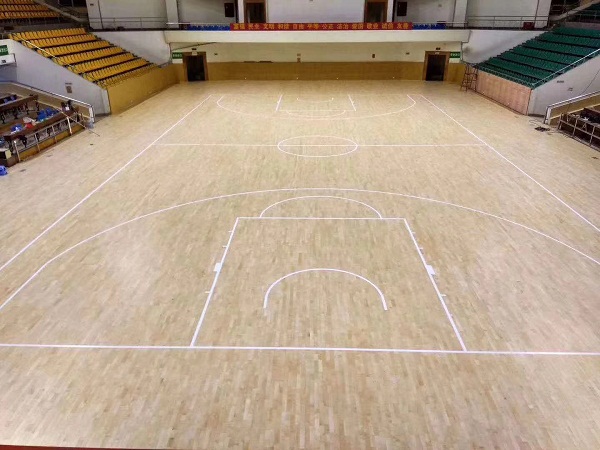Nov . 27, 2024 18:02 Back to list
Guide to Installing Hardwood Basketball Courts for Optimal Performance and Durability
The Comprehensive Guide to Hardwood Basketball Court Installation
When it comes to basketball, the playing surface is just as crucial as the players themselves. Hardwood basketball courts are not only the gold standard for professional and college arenas but also for home gyms and recreational facilities. Installing a hardwood basketball court involves careful planning, selection of materials, and precise execution to ensure that the court is durable, safe, and high-performing. This article will outline the essential steps involved in hardwood basketball court installation.
Step 1 Planning and Design
Before jumping into installation, it's important to create a well-thought-out plan. Begin by determining the dimensions of the court. While a standard NBA court measures 94 feet by 50 feet, high school courts measure 84 by 50 feet. Your space will dictate what size court you can build. Additionally, consider the layout, including the locations for out-of-bounds areas, spectator seating, and any auxiliary spaces like locker rooms or restrooms.
Once dimensions are established, create a design that incorporates necessary markings such as the three-point line, free-throw lane, and center circle. Software tools can help visualize the court in your designated space, and professional designers can assist in this step if needed.
Step 2 Selecting the Right Hardwood
Choosing the right type of hardwood is vital for the durability and performance of your court. Maple is the most popular choice due to its density, resilience, and ability to absorb shock. Other wood species, like oak or ash, can be used, but they might not offer the same performance characteristics. Ensure that the hardwood you select meets the standards set by governing bodies like the NBA or NCAA if your court aims for competitive play.
Step 3 Preparing the Subfloor
Proper installation begins with a well-prepared subfloor. The subfloor should be built to allow for moisture control, which is critical for preserving the integrity of the hardwood. Concrete is the most common subfloor material, and it should be leveled and cured before installation begins. Consider adding a vapor barrier and an underlayment to enhance cushioning and minimize sound transmission. These elements contribute significantly to the performance and longevity of the court.
hardwood basketball court installation

Step 4 Installation Process
With the planning, material selection, and subfloor preparation complete, it’s time for the installation. Start by laying the hardwood boards in the desired orientation, typically running them parallel to the longest wall. Use a tongue-and-groove system or nail-down methods to secure the boards, ensuring they fit tightly together to prevent movement.
It’s essential to leave expansion gaps around the edges of the court to accommodate temperature and humidity changes, which could cause the wood to expand or contract. Generally, a quarter-inch gap is recommended.
Step 5 Court Markings and Finishing Touches
After the hardwood is laid, it’s time to add the court markings. Use durable, high-quality paint that can withstand heavy foot traffic and wear. Professional-grade templates can ensure accurate lines for the three-point arc, free throw lines, and center circle. Once the paint is dry, consider applying a protective finish to protect the hardwood from scuffs, spills, and general wear and tear.
Step 6 Regular Maintenance
Once your hardwood basketball court is installed, regular maintenance is critical to keep it in optimal condition. Sweeping and mopping the surface helps to prevent damage from dirt buildup, while periodic refinishing can maintain its aesthetic appeal and smoothness. Additionally, monitoring humidity levels can prevent warping and other structural issues.
Conclusion
Installing a hardwood basketball court is a substantial investment that, when done correctly, can provide years of enjoyment for players and spectators alike. By following this comprehensive guide—from planning and selection of materials to proper installation and maintenance—you can create not just a court but a space where unforgettable memories and competitive spirit thrive. Whether for a local community center, a school gym, or even your own backyard, a hardwood basketball court represents more than just a playing surface; it's a foundation for passion and teamwork.
-
Premium Basketball Board Stand with GPT-4-Turbo AI
NewsJul.31,2025
-
Premium Maple Flooring for Gyms & Homes | PVC & Vinyl Options
NewsJul.30,2025
-
Premium Outdoor Basketball Court Tiles for All Weather Use
NewsJul.30,2025
-
Durable Basketball Board Stand for Indoor & Outdoor Use
NewsJul.29,2025
-
Durable Pickleball Court Tiles for Outdoor Sport Courts
NewsJul.29,2025
-
Premium PVC Vinyl Flooring for Homes & Gyms – Eco & WPC Options
NewsJul.29,2025

